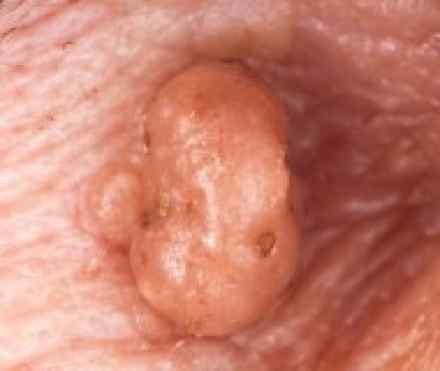
What is it?
Plantar warts are noncancerous skin growths on the soles of your feet caused by the human papillomavirus (HPV), which enters your body through tiny cuts and breaks in your skin. Plantar warts often develop beneath pressure points in your feet, such as the heels or balls of your feet.
Most plantar warts aren't a serious health concern, but they may be bothersome or painful, and they can be resistant to treatment. You may need to see your doctor to have plantar warts removed.
Symptoms
Signs and symptoms of plantar warts include:
- Small, fleshy, grainy bumps on the soles of your feet
- Hard, flat growths with a rough surface and well-defined boundaries
- Grey or brown lumps with one or more black pinpoints, which are actually small, clotted blood vessels, not "wart seeds"
- Bumps that interrupt the normal lines and ridges in the skin of your feet
- Pain or tenderness when walking
Causes
You acquire warts through direct contact with the human papillomavirus (HPV). There are more than 100 types of HPV. Some types of HPV tend to cause warts on your hands, fingers or near your fingernails. Others tend to cause warts on your feet.
The virus that causes plantar warts isn't highly contagious, but it thrives in warm, moist environments, such as shower floors, locker rooms and public swimming areas. So you may contract the virus by walking barefoot in public places.
Like other infectious diseases, HPV may also pass from person to person. If you have a plantar wart, you can even spread the virus to other places on your own foot by touching or scratching. The virus can also spread by contact with skin shed from a wart or blood from a wart.
Each person's immune system responds to warts differently, so not everyone who comes in contact with HPV develops warts. Even people in the same family react to the virus differently. That's why parents and kids don't necessarily spread warts by sharing the same shower.
Risk factors
Plantar warts are more likely to appear on the feet of people with:
- Damaged or cut skin
- Weakened immune systems
For reasons doctors don't understand, some people are more susceptible to the wart-causing virus, just as some people are more likely to catch a cold. Children and teenagers tend to be especially vulnerable to warts.
Complications
Plantar warts can be persistent. They can shed the virus into the skin of your foot before they're treated, prompting new warts to grow as fast as the old ones disappear. The best defense is to treat new warts as quickly as possible so that they have little time to spread.
If untreated, warts can enlarge and spread, developing into clusters of warts called mosaic warts. They may also become extremely painful. If you have lots of plantar warts, the pain may make it difficult for you to walk or run.
Diagnosis
In most cases, your doctor can diagnose plantar warts just by inspecting your feet. If there's any doubt, your doctor may need to pare down the lump with a scalpel. Plantar warts will show signs of pinpoint bleeding from their dark dots, which are really blood vessels.
If there's still doubt about the diagnosis, your doctor may remove a small section of the wart (shave biopsy) and send it to a laboratory for analysis.
References
https://www.hse.ie/eng/health/az/V/Verrucas-and-warts/Causes-of-warts-and-verrucas.html
http://www.irishhealth.com/article.html?con=276
http://www.webmd.com/skin-problems-and-treatments/guide/plantar-warts-palmer-warts
http://www.foothealthfacts.org/footankleinfo/Plantar_Wart.htm

